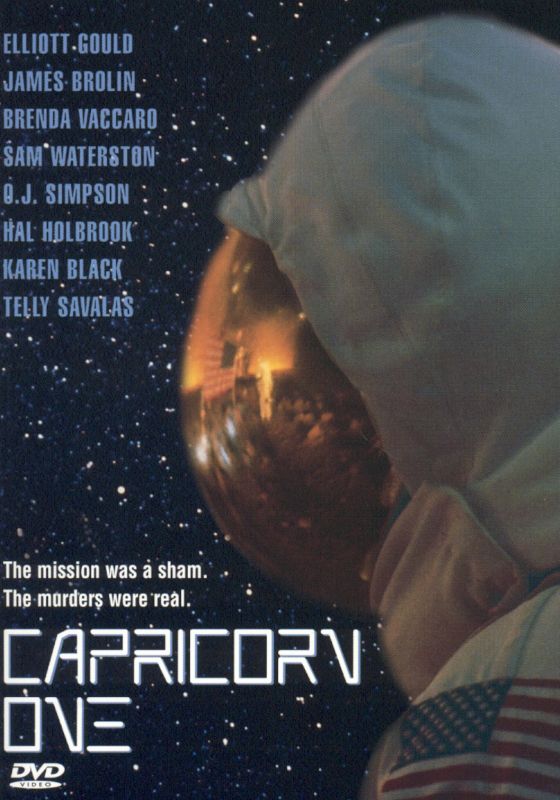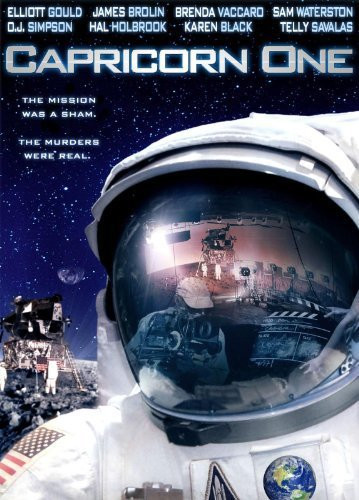
The production notes listed the general locations as the soundstages at CBS Studio Center in Studio City, CA where the Mars surface and mission control were assembled, the Los Angeles area, the Mojave Desert and Red Rock Canyon in California. Lazarus kept the scenery off-limits to other projects until after the film’s release.įilming dates were cited as through in a shooting schedule, dated in the AMPAS clipping file. Lazarus claimed in a HR article that Houston’s mission control was the most extensive set built for the film, complete with handmade consoles and a lighting system rigged into the ceiling to minimize set-up time between shots. For the command module, the production borrowed a real one from NASA. The production duplicated the dimensions of a NASA landing module and donated it to the Smithsonian Institute after filming wrapped. Together with the Jet Propulsion Laboratory in Pasadena, California, NASA advised production designer Al Brenner on the look of the Mars surface, which was more discernible thanks to recent photographs transmitted from the Viking missions. Despite the script’s critical commentary about the agency’s leadership, NASA cooperated with the filmmakers, as explained in a LAT article and in the production notes. A DV brief noted that because of a scheduling conflict Candice Bergen was no longer in the cast.Īccording to a LAT piece, Lazarus predicted the story would capitalize on the public’s skepticism about NASA, evident in a Gallup poll that reported 28% of Americans thought the space missions were invented.

Simpson, helped to secure television rights in advance from NBC.

Brolin’s involvement, along with sports star O.J. For the lead astronaut “Charles Brubaker,” Associated General Films suggested Paul Newman and Charles Bronson, but the part eventually was given to James Brolin, a popular actor from television. Īs noted in the LAT, there were many, early discussions about casting Dustin Hoffman as reporter “Robert Caulfield,” but in 1976 Hoffman was starring in All the President’s Men (see entry), and producer Paul Lazarus refused to even approach him about the more marginal role in Capricorn One. In the wake of Watergate, the project quickly became a reality during what Hyams described in a LAT article as a five-minute meeting with Sir Lew Grade of Associated General Films, which promised a simpler producing arrangement without input from multiple studio executives.Īs noted in the LAT, there were many, early discussions about. Both chose to compromise ethics, justifying their actions due to patriotic fervor and pride in their agencies. Although Watergate was not a direct inspiration, Hyams stated that he recognized the connection between his character of “Kelloway” and the misguided idealism of real-life Watergate “master plumber” Egil Krogh. The scandal made the story of manipulation by a government agency appear more believable. However, none of the Hollywood studios were interested in a screenplay about a NASA hoax until the White House’s Watergate cover-up was exposed. While reporting on the Apollo operation of the National Aeronautics and Space Administration (NASA), Hyams became intrigued with the idea of how easy it would be to fake an event in space since it only required one camera and few witnesses. In a NYT feature, he elaborated on the development of the screenplay, which was written in 1972 during his time as a journalist for CBS-TV.


Amid a surge in Hollywood science-fiction projects, director and writer Peter Hyams was adamant in a LAT article that Capricorn One did not belong to that genre, but was a thriller about the real-life influence of government and media, particularly television, over the public’s impression of events.


 0 kommentar(er)
0 kommentar(er)
